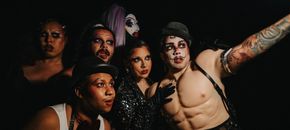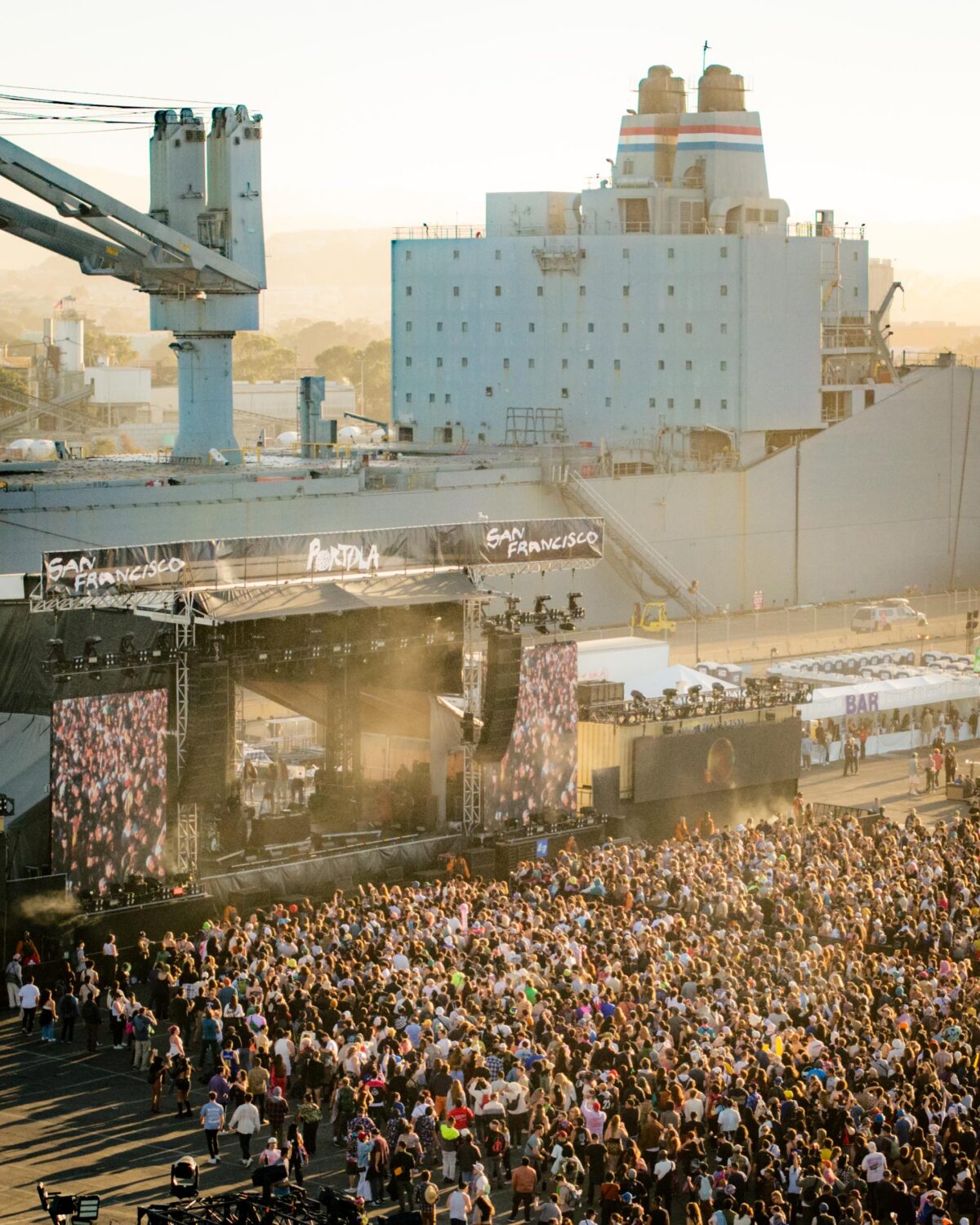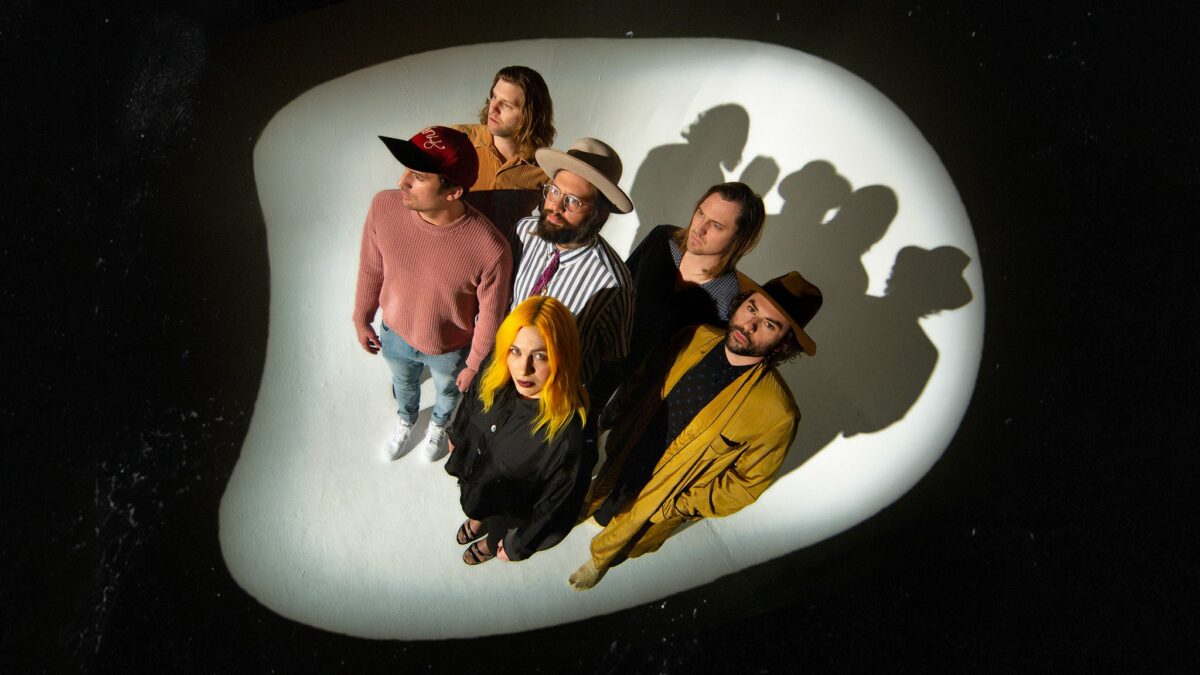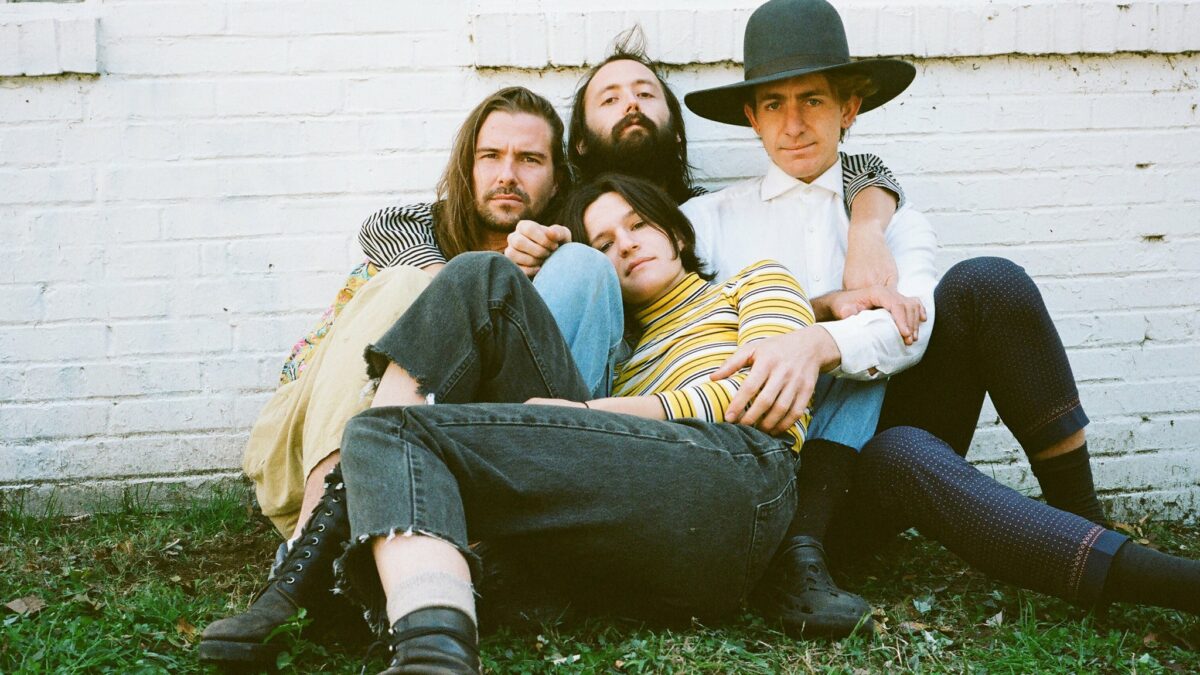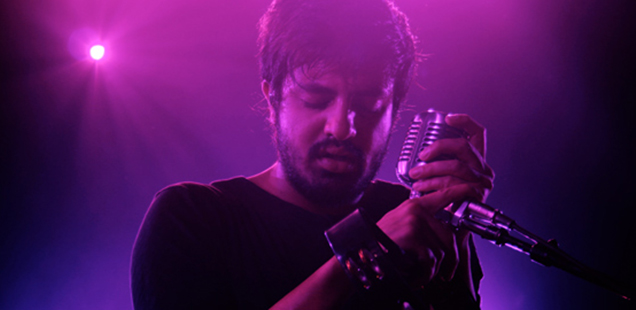The Cartoon Art Museum Finds its New Home, Set to Open Spring 2017

Despite losing its lease on Mission Street in June last year after its rent doubled, the owners of the Cartoon Art Museum have fortunately found a new space: 8,000 square feet inside a historic brick building at 781 Beach Street. This is the fourth home for the museum, which was founded back in 1984.
The museum, which is the only one in the western United States dedicated to the preservation and exhibition of cartoon art in all its forms, will be open to the public sometime in spring 2017. It will be situated just one block away from Aquatic Park, the Maritime Museum, Ghirardelli Square, and the Hyde Street cable car turnaround.
Over the past three decades, the museum has produced nearly 200 exhibitions on topics ranging from politics and sports to children’s literature and Latino culture. It has also released more than 20 publications celebrating and examining the diversity of cartoon art in animation, comics, graphic novels, zines, and book illustration.
Among the hundreds of artists that have been featured are Kate Beaton, Mary Blair, Roz Chast, Robert Crumb, Dan DeCarlo, Will Eisner, Phil Frank, Dave Gibbons, Edward Gorey, Los Bros. Hernandez, Lynn Johnston, Chuck Jones, Jack Kirby, Keith Knight, Tom Meyer, Trina Robbins, Spain Rodriguez, John Romita, Stan Sakai, Dr. Seuss, Charles Schulz, Raina Telgemeier, Garry Trudeau, Morrie Turner, Mort Walker, Bill Watterson, and Wally Wood.
The museum’s Sparky Awards, named for Peanuts creator Charles “Sparky” Schulz, have been awarded to more than 20 cartoonists and other significant contributors to the world of cartoon art.
The Cartoon Art Museum was previously located on Mission Street near the San Francisco Museum of Modern Art (SFMOMA) from 2001 to 2015. The Cartoon Art Museum houses around 7,000 original pieces in its permanent collection, offers educationional programs and research library with classrooms, and attracts 30,000 visitors annually.
The mission of the museum is to ignite imaginations and foster the next generation of visual storytellers by celebrating the history of cartoon art, its role in society, and its universal appeal. Through exhibitions, artist appearances, and community outreach programs, the museum demonstrates how cartoon art entertains, communicates diversity, and champions self-expression.
Learn more about the museum and its upcoming developments from their website, Facebook page, Twitter handle, and YouTube page.
